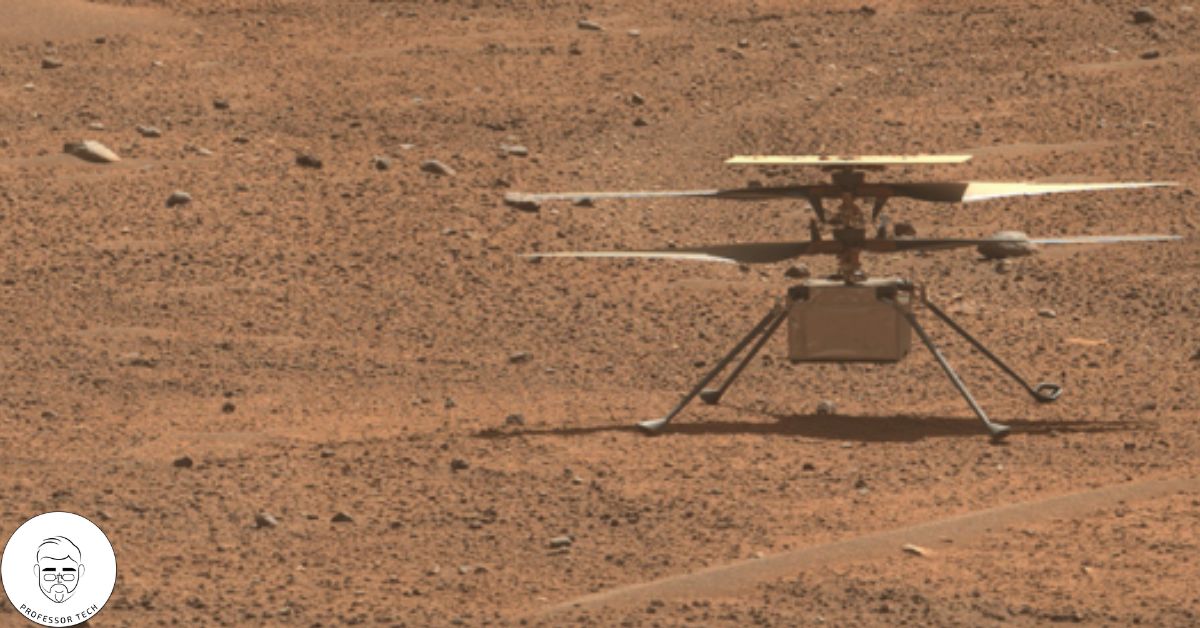
NASA’s Ingenuity Helicopter made history. Mars Helicopter’s mission is over after making dozens more flights than planned and going above and beyond what was expected. Images of the helicopter’s flight on January 18 sent to Earth this week show that one or more of its rotor blades was damaged during landing, so it can no longer fly. The helicopter is still standing upright and talking to ground controllers.
The first airplane on another world was supposed to be a technology demonstration with up to five
experimental test flights over 30 days. Instead, it flew from the surface of Mars for almost three years,
making 72 flights that went more than 14 times farther than planned and logged more than two hours of
total flight time.
Ingenuity landed on Mars on February 18, 2021, attached to NASA’s Perseverance rover belly. On April
19, 2021, it was the first time it had flown off the surface of Mars, showing that powered, controlled flight
was possible there. After making four more flights, it started a new mission as an operations demonstration, flying over Perseverance to help scientists and rover drivers find things. The helicopter passed two successful flight tests in 2023, which allowed the team to learn more about its aerodynamic limits.
Leshin said, “At NASA JPL, new ideas are at the heart of what we do.” Ingenuity is an excellent example
of how we try to do more than is possible daily. I am so proud of the people on our team who made this
critical technological advance possible, and I can’t wait to see what they come up with next.
The team at Ingenuity planned for the helicopter to do a short vertical flight on January 18 to figure out
where it was after making an emergency landing on the previous flight. The aircraft reached a high point
of 40 feet (12 meters) and hovered for 4.5 seconds before falling at a speed of 3.3 feet per second (1 meter per second). This happened precisely as planned.
But about 3 feet (1 meter) above the surface, Ingenuity lost touch with the rover, which the rotorcraft uses
as a communication link. The next day, communications were restored, and NASA JPL controllers got more information about the flight. A few days later, pictures showed damage to the rotor blade. The reason the communications went down and the helicopter’s direction when it landed is still being looked into.
Learn More About Ingenuity
NASA JPL built the Ingenuity Mars Helicopter and is also in charge of the project for NASA Headquarters. The Science Mission Directorate at NASA backs it up. NASA’s Ames Research Centre in California’s Silicon Valley and NASA’s Langley Research Centre in Hampton, Virginia, helped develop Ingenuity by analyzing its flight performance and giving technical advice.
AeroVironment Inc., Qualcomm, and SolAero also helped design and provided significant vehicle parts. The Mars Helicopter Delivery. The system was planned and built by Lockheed Space. Dave Lavery oversees the Ingenuity Mars helicopter program at NASA Headquarters.



